Influence of August Asian–Pacific Oscillation on September Precipitation in Northern Xinjiang
Abstract
1. Introduction
2. Data, Methods, and Model
2.1. Data
2.2. Methods
2.3. Model
3. Results
3.1. Climatology Pattern of August APO
3.2. Linkage of August APO to September Precipitation in Northern Xinjiang on Interannual Timescales
3.3. Atmospheric Circulation Anomalies Associated with NXPI and APOI
3.4. Possible Physical Mechanisms
3.5. Numerical Climate Simulations
4. Conclusions
Author Contributions
Funding
Institutional Review Board Statement
Informed Consent Statement
Data Availability Statement
Acknowledgments
Conflicts of Interest
References
- Yao, J.Q.; Chen, Y.N.; Zhao, Y.; Guan, X.F.; Mao, W.Y.; Yang, L.M. Climatic and associated atmospheric water cycle changes over the Xinjiang, China. J. Hydrol. 2020, 585, 124823. [Google Scholar] [CrossRef]
- Yao, J.Q.; Li, M.Y.; Tuoliewubieke, D.; Chen, J.; Mao, W.Y. The assessment on “warming-wetting” trend in Xinjiang at multi-scale during 1961–2019. Arid. Zone Res. 2022, 39, 333–346. [Google Scholar]
- Li, B.; Chen, Y.; Chen, Z.; Xiong, H.; Lian, L. Why does precipitation in northwest China show a significant increasing trend from 1960 to 2010? Atmos. Res. 2016, 167, 275–284. [Google Scholar] [CrossRef]
- Hu, Q.; Pan, X.; Hu, Y.; Huang, B.; Han, Y.; Zhang, D. Impact of climate change on cotton growth and yield in Xinjiang, China. Field Crops Res. 2022, 275, 108357. [Google Scholar]
- Cheng, J.; Yin, S. Analysis of Drought Characteristics and Its Effects on Crop Yield in Xinjiang in Recent 60 Years. Sustainability 2021, 13, 13833. [Google Scholar] [CrossRef]
- Abudoukerimu, A.; Hu, S.; Maimaitireyimu, N. Effect of Climate Change on Cotton Growth Period and Yield in Kashgar City, Xinjiang Uygur Autonomous Region. Chin. J. Eco-Agric. 2015, 23, 919–930. [Google Scholar]
- Li, M.; Yao, J.; Guan, J.; Zheng, J. Vegetation Browning Trends in Spring and Autumn over Xinjiang, China, during the Warming Hiatus. Remote Sens. 2022, 14, 1298. [Google Scholar] [CrossRef]
- Aizen, E.M.; Aizen, V.B.; Melack, J.M.; Nakamura, T.; Ohta, T. Precipitation and atmospheric circulation patterns at mid-latitudes of Asia. Int. J. Climatol. J. R. Meteorol. Soc. 2001, 21, 535–556. [Google Scholar] [CrossRef]
- Aizen, V.B.; Aizen, E.M.; Joswiak, D.R.; Fujita, K.; Takeuchi, N.; Nikitin, S.A. Climatic and atmospheric circulation pattern variability from ice-core isotope/geochemistry records (Altai, Tien Shan and Tibet). Ann. Glaciol. 2006, 43, 49–60. [Google Scholar] [CrossRef]
- Chen, F.; Chen, J.; Huang, W.; Chen, S.; Huang, X.; Jin, L.; Jia, J.; Zhang, X.; An, C.; Zhang, J.; et al. Westerlies Asia and monsoonal Asia: Spatiotemporal differences in climate change and possible mechanisms on decadal to sub-orbital timescales. Earth-Sci. Rev. 2019, 192, 337–354. [Google Scholar] [CrossRef]
- Yang, L.; Zhang, Y.; Qin, H. Some advances and problems in the study of heavy rain in Xinjiang. Clim. Environ. Res. 2011, 16, 188–198. [Google Scholar]
- Guo, N.; Zhou, Y.; Yang, L. Statistical analysis of Central Asian vortices and their influence on precipitation in Xinjiang. Atmospheric Res. 2021, 249, 105327. [Google Scholar] [CrossRef]
- Zhou, G.; Chen, Y.; Yao, J. Variations in precipitation and temperature in Xinjiang (Northwest China) and their connection to atmospheric circulation. Front. Environ. Sci. 2023, 10, 1082713. [Google Scholar] [CrossRef]
- Huang, W.; Chen, F.; Feng, S.; Chen, J.; Zhang, X. Interannual precipitation variations in the mid-latitude Asia and their association with large-scale atmospheric circulation. Chin. Sci. Bull. 2013, 58, 3962–3968. [Google Scholar] [CrossRef]
- Guan, X.; Sun, W.; Li, M. Climate change in north Xinjiang and its response to Arctic oscillation during the period of 1965–2012. Arid Zone Res. 2016, 33, 681–689. [Google Scholar]
- Dai, X.; Wang, P.; Zhang, K. A study on precipitation trend and fluctuation mechanism in northwestern China over the past 60 years. Acta Phys. Sin. 2013, 62, 129201. [Google Scholar] [CrossRef]
- Yang, R.; Xing, B. Teleconnections of Large-Scale Climate Patterns to Regional Drought in Mid-Latitudes: A Case Study in Xinjiang, China. Atmosphere 2022, 13, 230. [Google Scholar] [CrossRef]
- Chen, X.; Wang, S.; Hu, Z.; Zhou, Q.; Hu, Q. Spatiotemporal characteristics of seasonal precipitation and their relationships with ENSO in Central Asia during 1901–2013. J. Geogr. Sci. 2018, 28, 1341–1368. [Google Scholar] [CrossRef]
- Zhao, P.; Zhu, Y.; Zhang, R. An Asian-Pacific Teleconnection in Summer Tropospheric Temperature and Associated Asian Climate Variability. Clim. Dyn. 2007, 29, 293–303. [Google Scholar] [CrossRef]
- Zhao, P.; Wang, B.; Zhou, X. Boreal summer continental monsoon rainfall and hydroclimate anomalies associated with the Asian-Pacific Oscillation. Clim. Dyn. 2012, 39, 1197–1207. [Google Scholar] [CrossRef]
- Zhou, X.; Zhao, P.; Liu, G. Asian-Pacific Oscillation index and variation of East Asian summer monsoon over the past millennium. Chin. Sci. Bull. 2009, 54, 3768–3771. [Google Scholar] [CrossRef]
- Zhou, B.; Zhao, P. Influence of the Asian-Pacific oscillation on spring precipitation over central eastern China. Adv. Atmos. Sci. 2010, 27, 575–582. [Google Scholar] [CrossRef]
- Liu, G.; Zhao, P.; Dong, C. The relationship between the Asian-Pacific oscillation and January precipitation anomalies over southern China. Acta Meteorol. Sin. 2013, 71, 462–475. [Google Scholar]
- Zhou, B.; Cui, X.; Zhao, P. Relationship between the Asian-Pacific oscillation and the tropical cyclone frequency in the western North Pacific. Sci. China Ser. D-Earth Sci. 2008, 51, 380–385. [Google Scholar] [CrossRef]
- Zhou, B.; Zhao, P.; Cui, X. Linkage between the Asian-Pacific Oscillation and the sea surface temperature in the North Pacific. Chin. Sci. Bull. 2010, 55, 1193–1198. [Google Scholar] [CrossRef]
- Xia, C.; Hua, W.; Hu, Q.; Yang, K.; Ming, J.; Wu, X.; Fan, G. Linkage Between Preceding August Asian–Pacific Oscillation and September Precipitation Over Southeast China. Front. Earth Sci. 2022, 10, 917445. [Google Scholar] [CrossRef]
- Lin, Z.; Zhu, J.; Hua, W.; Fan, G. Impact of the August Asian-Pacific Oscillation on Autumn Precipitation in Central Eastern China. Asia-Pacific J. Atmos. Sci. 2021, 57, 181–190. [Google Scholar] [CrossRef]
- Zhao, P.; Yang, S.; Jian, M.; Chen, J. Relative Controls of Asian–Pacific Summer Climate by Asian Land and Tropical–North Pacific Sea Surface Temperature. J. Clim. 2011, 24, 4165–4188. [Google Scholar] [CrossRef]
- Kalnay, E.; Kanamitsu, M.; Kistler, R.; Collins, W.; Deaven, D.; Gandin, L.; Iredell, M.; Saha, S.; White, G.; Woollen, J.; et al. The NCEP/NCAR 40-year reanalysis project. Bull. Am. Meteorol. Soc. 1996, 77, 437–472. [Google Scholar] [CrossRef]
- Wu, J.; Gao, X.-J. A gridded daily observation dataset over China region and comparison with the other datasets. Chin. J. Geophys. 2013, 56, 1102–1111. (In Chinese) [Google Scholar]
- An, S.-I. Conditional Maximum Covariance Analysis and its Application to the Tropical Indian Ocean SST and Surface Wind Stress Anomalies. J. Clim. 2003, 16, 2932–2938. [Google Scholar] [CrossRef]
- Watanabe, M.; Kimoto, M. A two-layer atmospheric general circulation model with gray radiation: Sensitivity studies on the dynamics and thermodynamics of the model response to SST anomalies. J. Meteorol. Soc. Jpn. 1999, 77, 721–736. [Google Scholar]
- Watanabe, M.; Kimoto, M. Atmospheric wave dynamics simulated by a linear baroclinic model with a realistic basic state. J. Clim. 2000, 57, 2209–2225. [Google Scholar]
- Hu, P.; Chen, W.; Chen, S.; Yang, R.; Wang, L.; Liu, Y. Revisiting the linkage between the Pacific-Japan pattern and Indian summer monsoon rainfall: The crucial role of the Maritime Continent. Geophys. Res. Lett. 2024, 51, e2023GL106982. [Google Scholar] [CrossRef]
- Li, Y.; Hua, W.; Luo, F.; Zhu, L. Interannual relationship between the Asian–Pacific Oscillation and summer sea surface temperature in the North Atlantic. Environ. Res. Lett. 2024, 19, 014060. [Google Scholar] [CrossRef]
- Han, X.; Zhao, P.; Ye, J.; Li, J. The impact of warming Tibetan Plateau on the 2020 summer unprecedented Northeastern Pacific Marine heatwave. NPJ Clim. Atmos. Sci. 2025, 8, 98. [Google Scholar] [CrossRef]
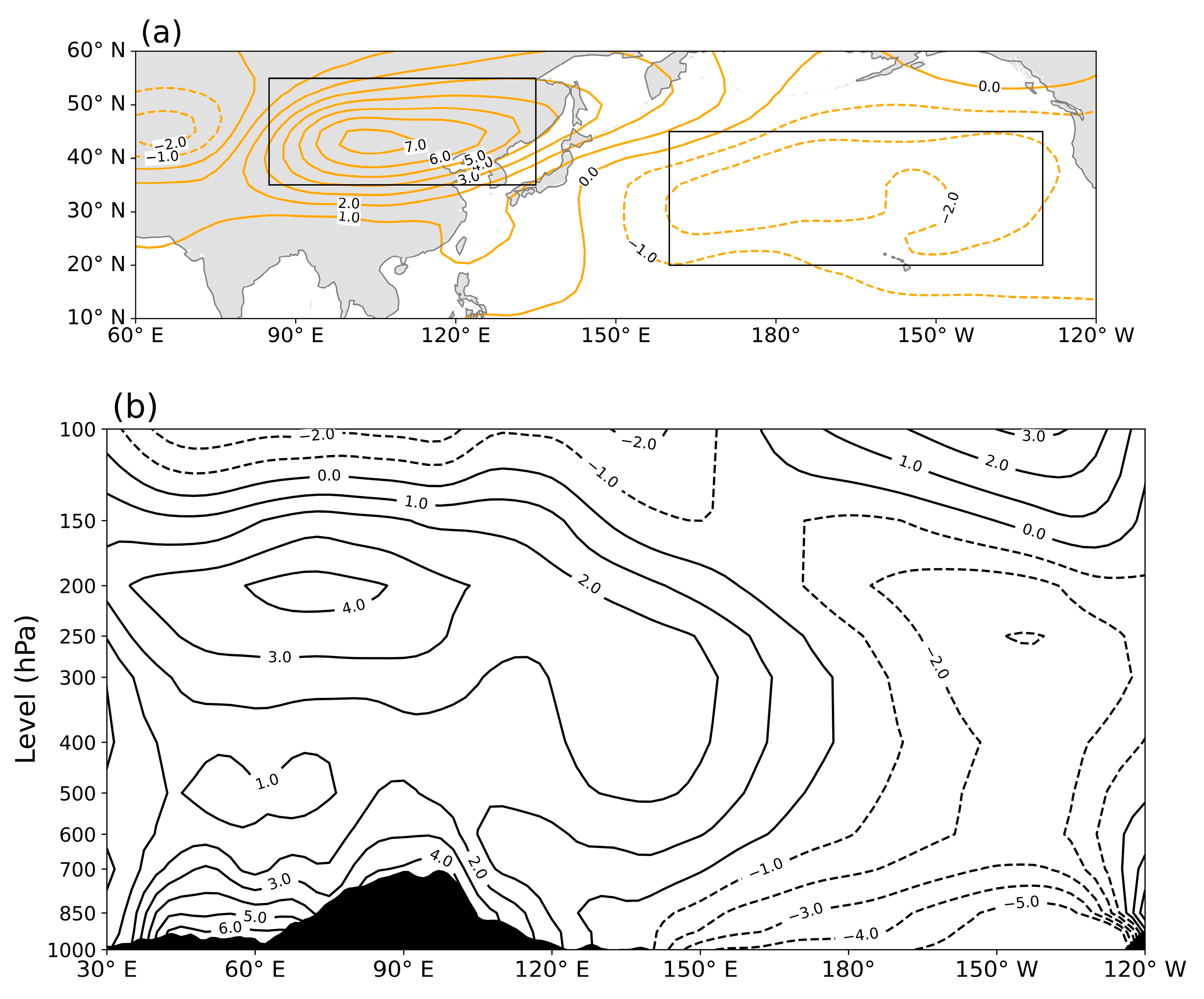
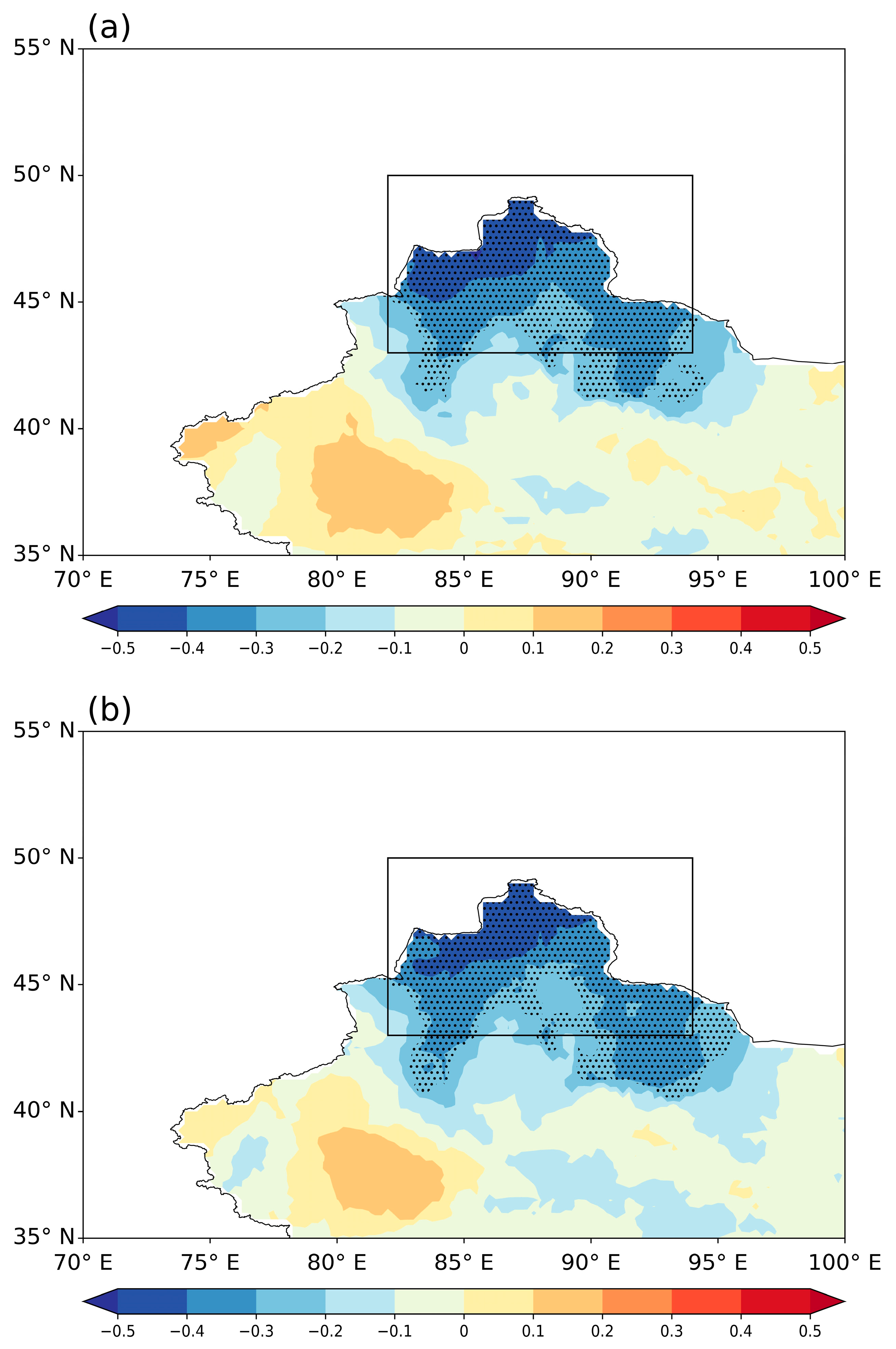
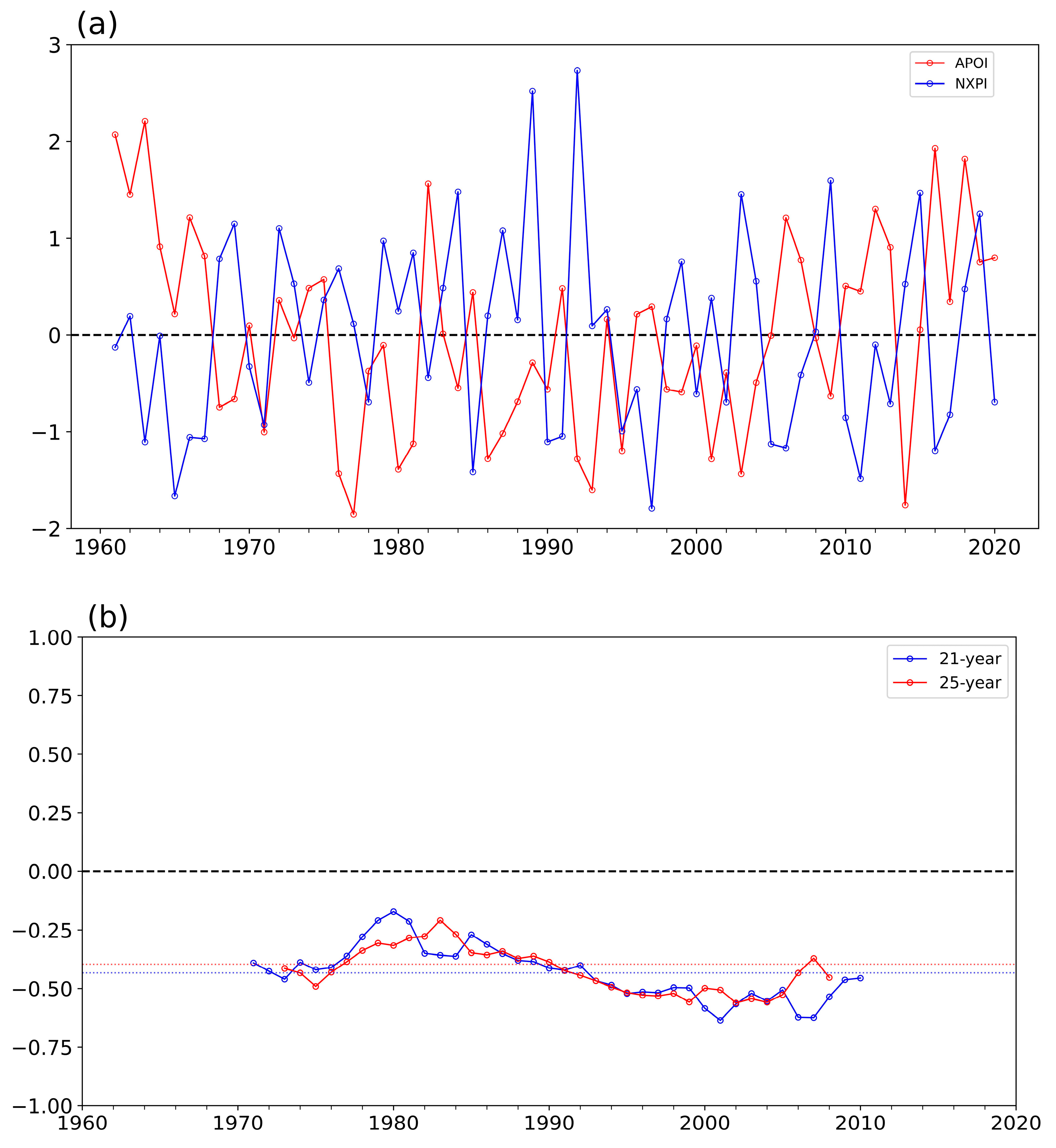


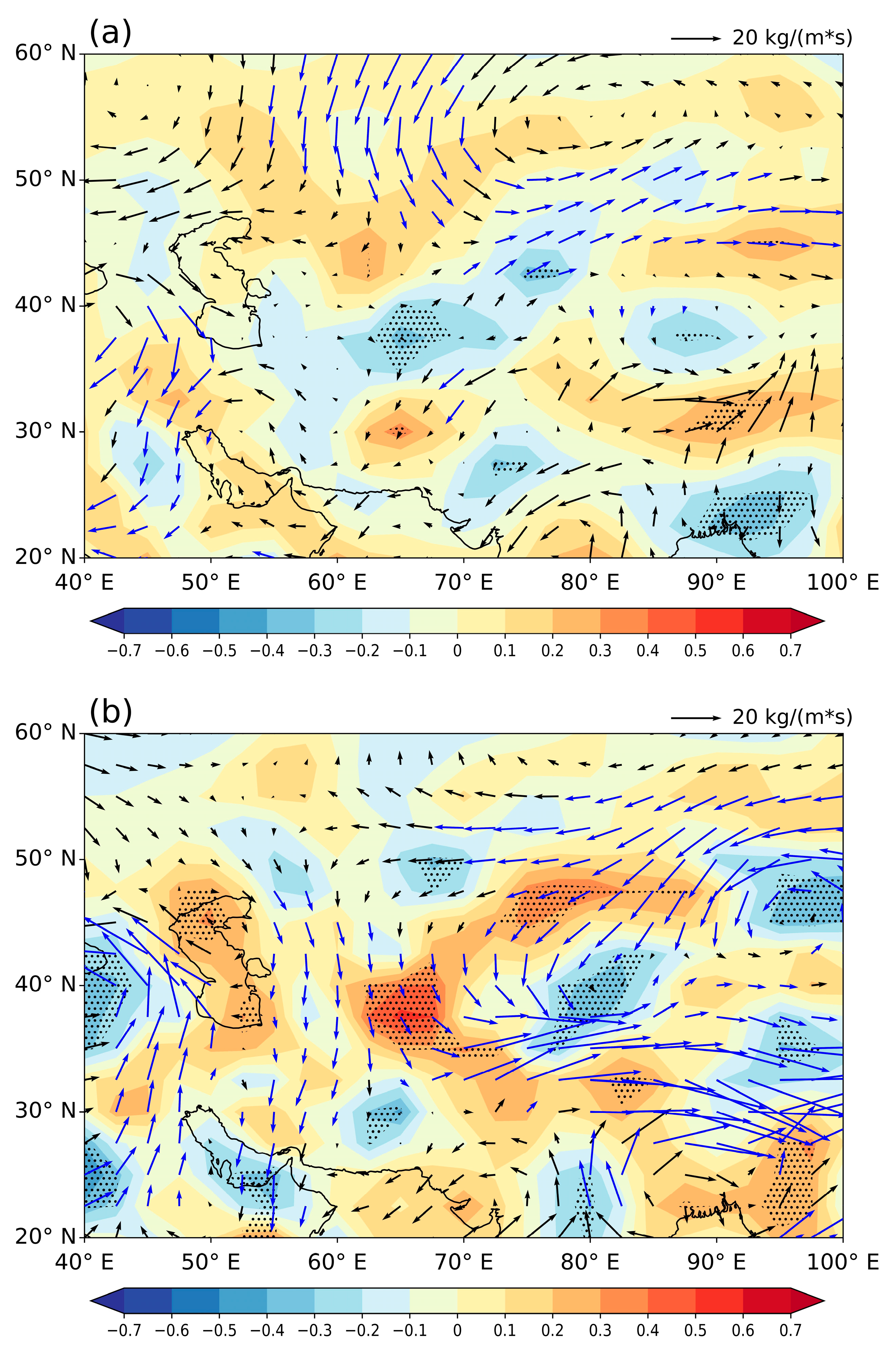
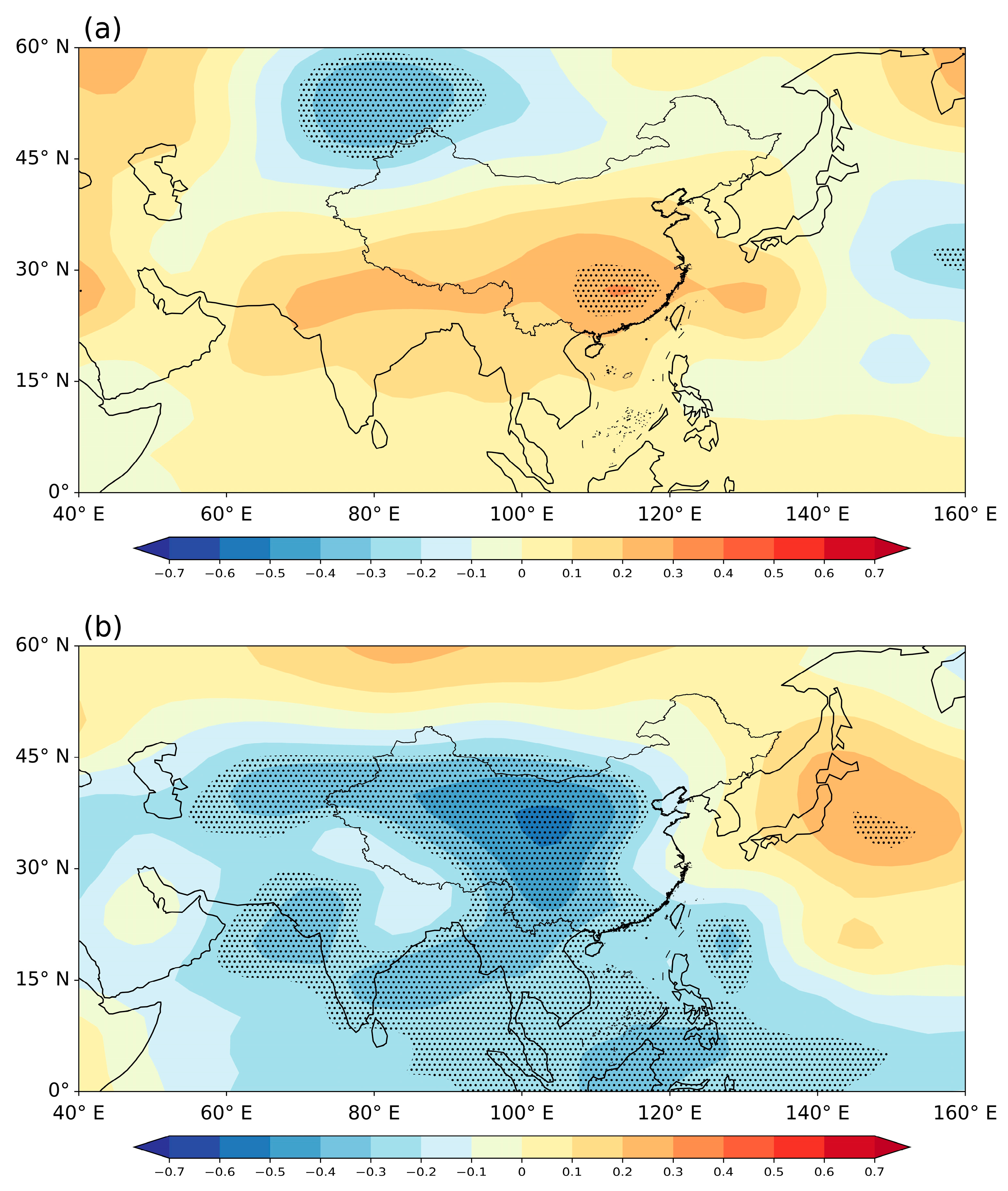
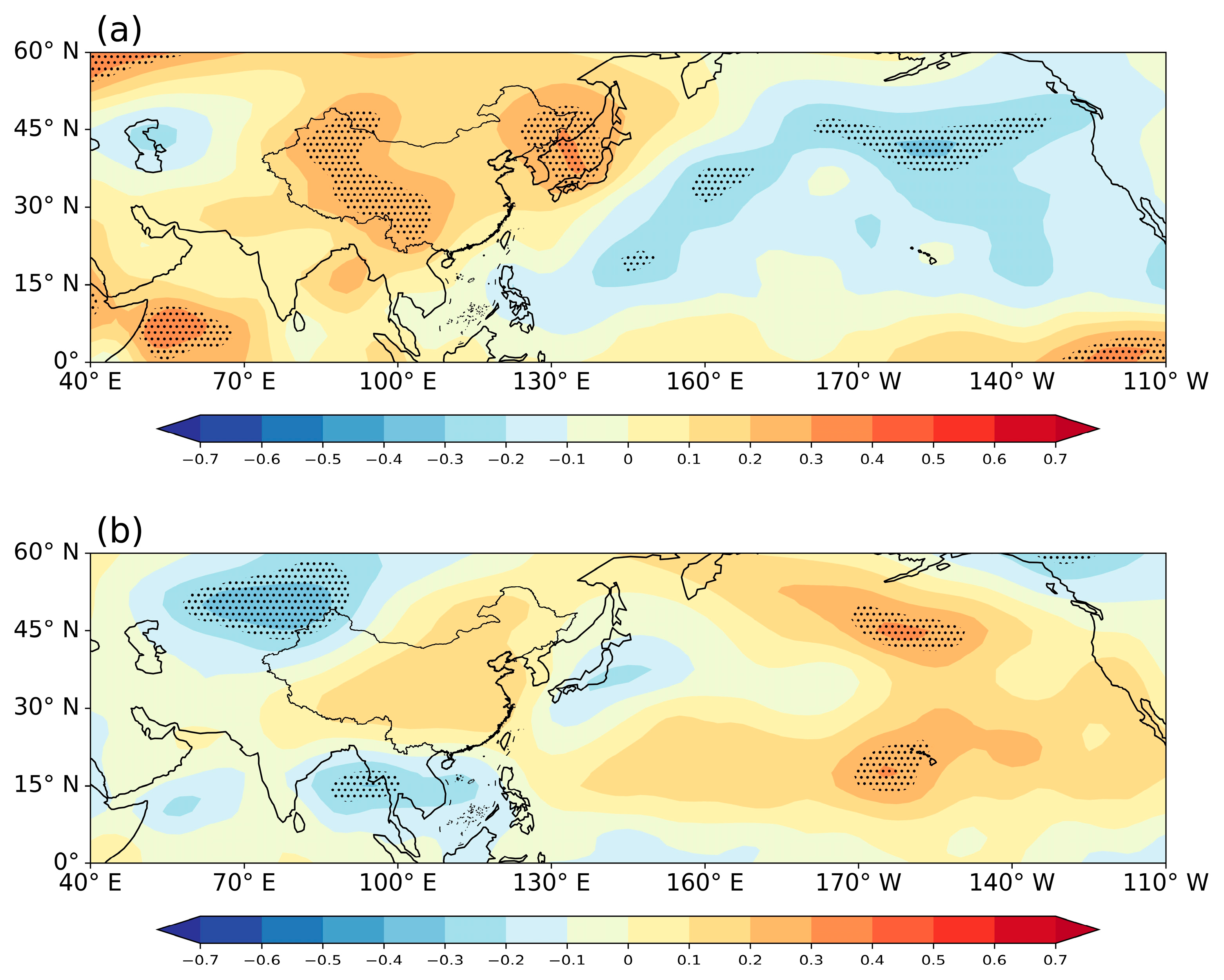
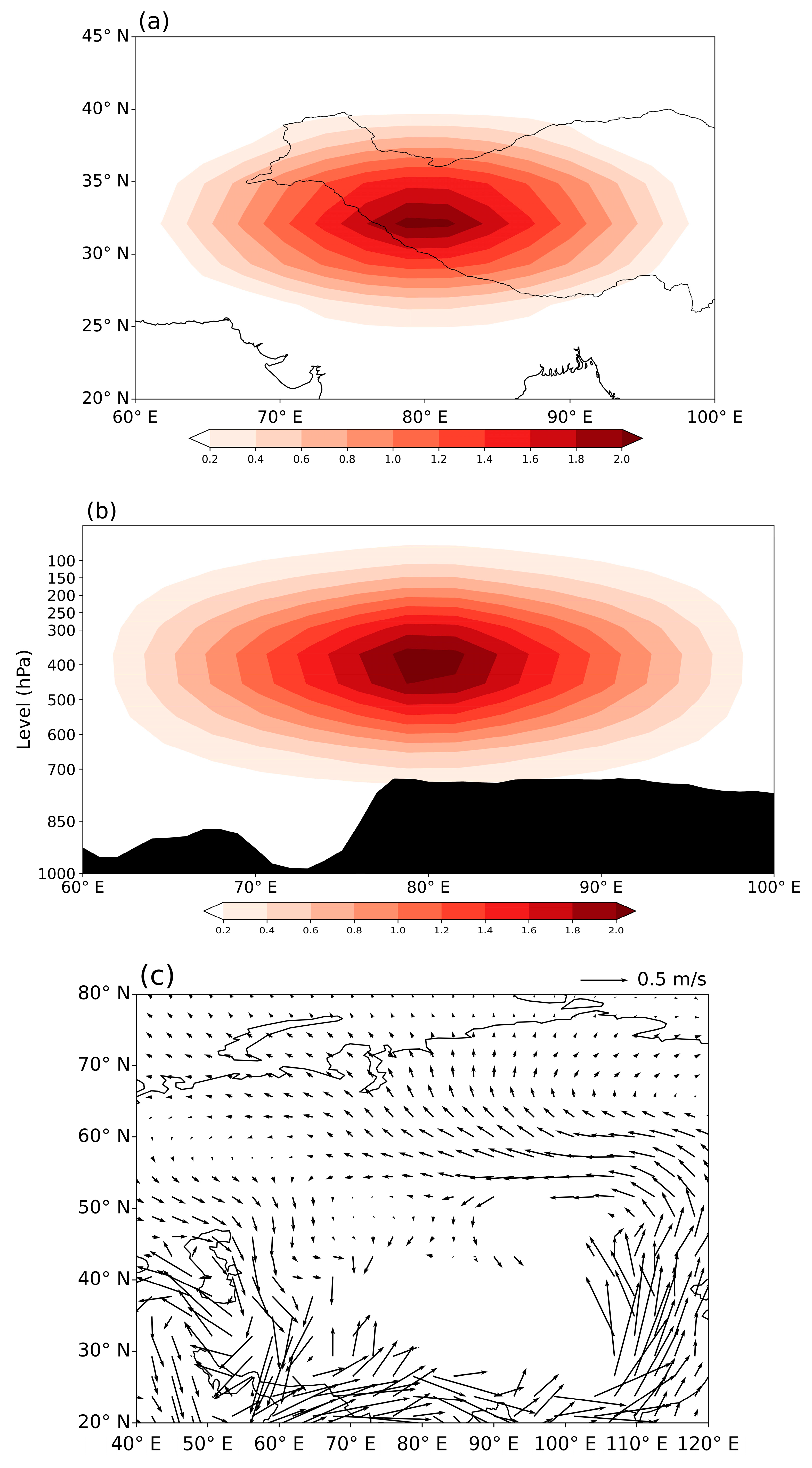
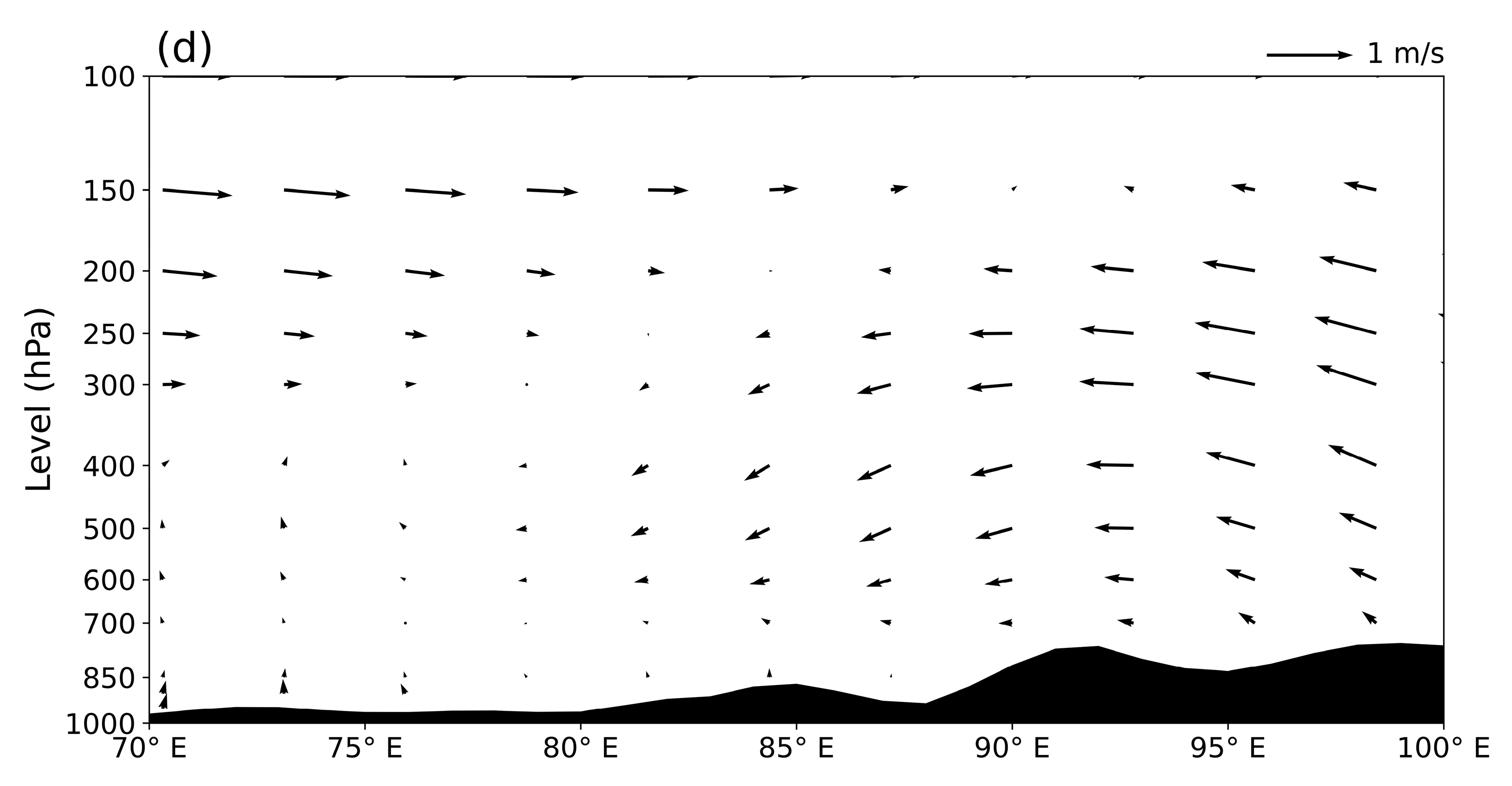
Disclaimer/Publisher’s Note: The statements, opinions and data contained in all publications are solely those of the individual author(s) and contributor(s) and not of MDPI and/or the editor(s). MDPI and/or the editor(s) disclaim responsibility for any injury to people or property resulting from any ideas, methods, instructions or products referred to in the content. |
© 2025 by the authors. Licensee MDPI, Basel, Switzerland. This article is an open access article distributed under the terms and conditions of the Creative Commons Attribution (CC BY) license (https://creativecommons.org/licenses/by/4.0/).
Share and Cite
Zhu, Y.; Hua, W. Influence of August Asian–Pacific Oscillation on September Precipitation in Northern Xinjiang. Atmosphere 2025, 16, 1042. https://doi.org/10.3390/atmos16091042
Zhu Y, Hua W. Influence of August Asian–Pacific Oscillation on September Precipitation in Northern Xinjiang. Atmosphere. 2025; 16(9):1042. https://doi.org/10.3390/atmos16091042
Chicago/Turabian StyleZhu, Yichu, and Wei Hua. 2025. "Influence of August Asian–Pacific Oscillation on September Precipitation in Northern Xinjiang" Atmosphere 16, no. 9: 1042. https://doi.org/10.3390/atmos16091042
APA StyleZhu, Y., & Hua, W. (2025). Influence of August Asian–Pacific Oscillation on September Precipitation in Northern Xinjiang. Atmosphere, 16(9), 1042. https://doi.org/10.3390/atmos16091042




